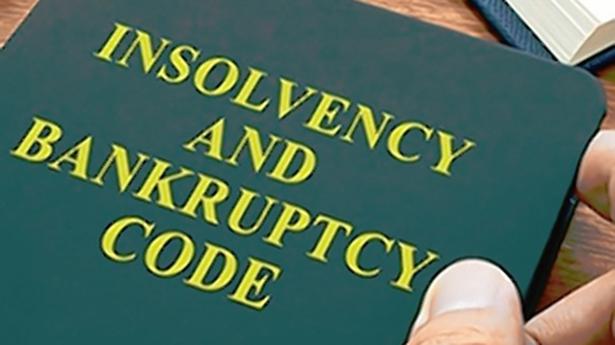“You have to compare realization to liquidation, the only other alternative for creditors”
“You have to compare realization to liquidation, the only other alternative for creditors”
Comparing outstanding loan amounts with realized value may not be a “reasonable indicator” for assessing the effectiveness of bankruptcy law, Reserve Bank Deputy Governor Rajeshwar Rao said. seeking to address concerns about the deep haircuts banks had taken in some of the insolvencies. draft resolutions.
Admitting there had been concerns, Mr Rao said it should be understood that the value of the asset may already have deteriorated by the time it appears in court, and added that it should be compare achievements with liquidation, which is the best possible alternative for lenders.
“We miss the fact that in a resolution model based on public auctions, the magnitude of the discount represents a discount that the market demands to continue investing in an insolvent borrower. Since a significant deterioration in the value may have occurred to the assets of the insolvent borrower, the comparison with the amount outstanding may not be a reasonable indicator for assessing the effectiveness of resolution.
“Rao, resolution values should be compared to the next best alternative for creditors, which in this case is liquidation,” Rao said, addressing an event at IIM-A.
Financial creditors were able to realize 166% against the liquidation value of debtors, indicating that creditors were better off than the next logical outcome, he added.
It may be noted that some resolutions, such as in the case of Videocon, where the new owner secured the asset for just ₹2,900 crore against admitted claims of ₹46,000 crore by creditors, had raised concerns about the process efficiency. Industrialist Harsh Goenka alleged that public money was “stolen” through such resolutions.
Mr. Rao mentioned the Videocon resolution but in the context of improving group resolutions under the IBC.
The Deputy Governor said Videocon’s resolution occurred through discretionary powers available to the contracting authority rather than through a feature of the Insolvency and Bankruptcy Code.
“Such a process (in the Code) is particularly vital in an economy like India, where traditionally credit agreements have been embedded with cross-bonds and credit mitigation blankets provided by parent and group companies. ‘a borrower,’ he noted.
Mr Rao also said there was a need to expand “pre-pack resolutions” to all borrowers, beyond the currently licensed small businesses, to make it more effective.
He also added that bankruptcy law should be used as a last resort by all lenders in the system.
Filing insolvency as a negotiation tactic appears to be working for operational creditors, Rao said, pointing out that as of Dec. 31, 2021, data from the corporate insolvency resolution process suggested that more than 51% of the cases had been filed by operational creditors but they accounted for 71% of the total withdrawal cases.
The IBC is also acting as a credible threat, he said, adding that 19,800 requests to open CIRPs with an underlying default of around ₹6.1 lakh crore were resolved before admission before courts.
Drawing the attention of researchers, Rao said efforts should be made to study the average time between a borrower’s default and the eventual filing of an insolvency resolution petition by creditors.
“It should also be interesting to see the relationship between these filing delays and the depreciation in value that creditors are required to recognize afterwards,” he added.
The IBC has had a “profound impact” on the creditor-debtor relationship in India over the past five years and the RBI would continue to engage with stakeholders to improve resolution frameworks and adopt more sophisticated risk management practices. and updated to take care of systemic concerns that arise from the activities of the various credit intermediaries, he assured.

